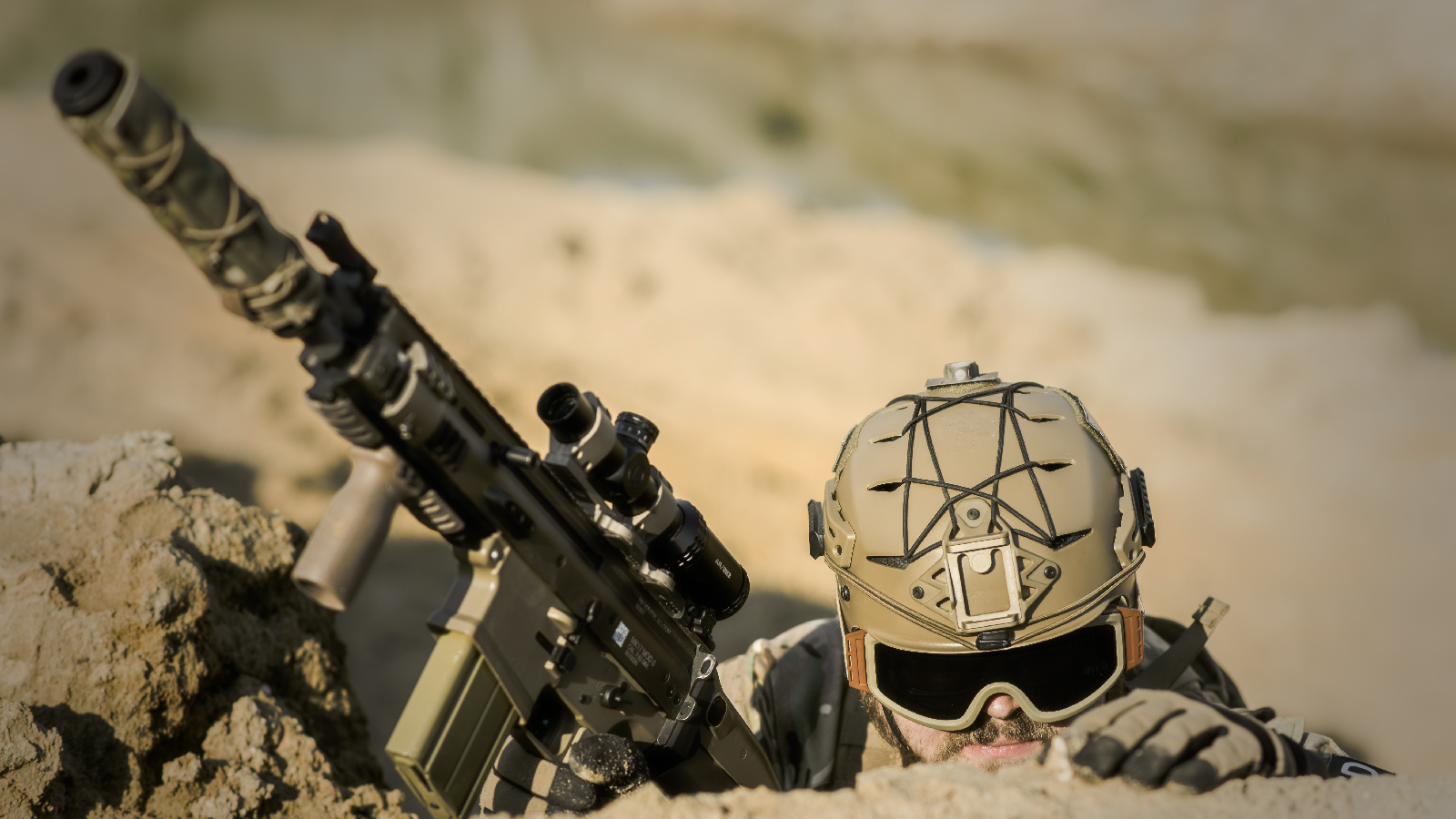The U.S. government is increasing the tempo and pushing the geographical boundaries of surveillance flights over Russia, as part of an effort to “increase the strategic value” of the overflights allowed by the controversial Open Skies Treaty, a Pentagon official told lawmakers Tuesday.
“We’ve actually — without going into detail — we’ve started flying into places within and over Russia that we hadn’t before,” said Vayl Oxford, who serves as director of the Defense Threat Reduction Agency. “We’ve just completed a mission in late January; we’ve never flown in January before. So this is a matter of using the strategic nature of the treaty that may not have been used the way it should’ve for the last 20 years.”
Oxford, who was testifying before the House Armed Services Committee for a hearing on weapons of mass destruction, said another Open Skies mission was currently underway, and if the U.S. and its allies fly all the planned missions this year, 2020 will be “the busiest Open Skies season ever.”
The Open Skies Treaty, signed by President George H.W. Bush in 1992 and entered into force in 2002, allows 34 signatory nations to coordinate surveillance flights within each other's borders and requires the imagery that is collected be shared with the nation that was overflown. In the shadow of the Cold War between the U.S. and the Soviet Union, the treaty, as the State Department puts it, was “designed to enhance mutual understanding and confidence by giving all participants, regardless of size, a direct role in gathering information through aerial imaging on military forces and activities of concern to them."
For a July 2017 report on the Open Skies Treaty, the State Department told Code and Dagger at the time that there had been 1,377 flights by various countries -- including 66 by Russia over the U.S. and 104 by the U.S. over Russia since the flights began.
"Open Skies is one of the most wide-ranging international arms control efforts to date to promote openness and transparency in military forces and activities," the department says on its website.
Related: Russians Over Wichita, Could ‘Open Skies’ Work in Cyberspace?
Oxford indicated the Trump administration was shifting away from the arms control aspect of the treaty in favor of its inherent strategic value. Oxford testified that the decision to push for a more strategic angle was made in the fall, in concert with the White House National Security Council.
Since then, however, reports emerged that President Donald Trump wanted to pull the U.S. out of the treaty. The U.S. has long complained that Russia was cheating on their obligations under the treaty, in part by restricting where U.S. planes can go while having virtual free reign of U.S. airspace.
Related: How the US Says Russia Is Cheating in the ‘Open Skies’
“This is a U.S. position — that we think this treaty is a danger to our national security. We get nothing out of it. Our allies get nothing out of it, and it is our intention to withdraw, similar to what we did with [the Intermediate-Range Nuclear Forces Treaty]. From our perspective, the analysis is done,” a senior Trump administration reportedly told Defense News in November, describing a meeting with NATO members. “The Europeans got that. It was a splash of cold water on their faces.”
But Oxford testified Tuesday that he believed America’s allies thought the Open Skies treaty was still “very valuable.”
Oxford said that NATO had come together “like it hasn’t in many years” to recognize the threat of Russian influence and the value of “these kinds of capabilities.”
“When we talk about leaving Open Skies, we have a lot of consultations with our treaty partners and they’ve been universal in the need for this dialogue, this ability to do that and the ability, again, to… continue to put pressure on Russia,” he said.
Primary Source: House Armed Services Committee Hearing on WMDs (YouTube)
[Like what you see and read on Code and Dagger? Become a Patreon and help keep the lights on. Do you have a tip or question? Reach out at CodeAndDagger@protonmail.com.]











